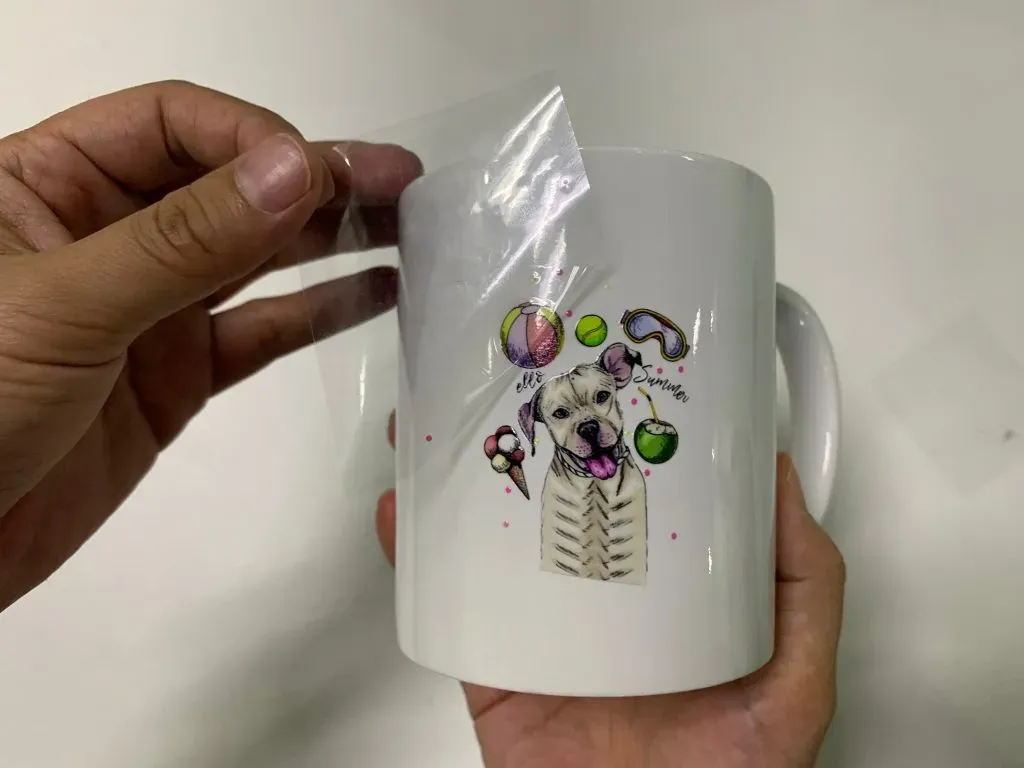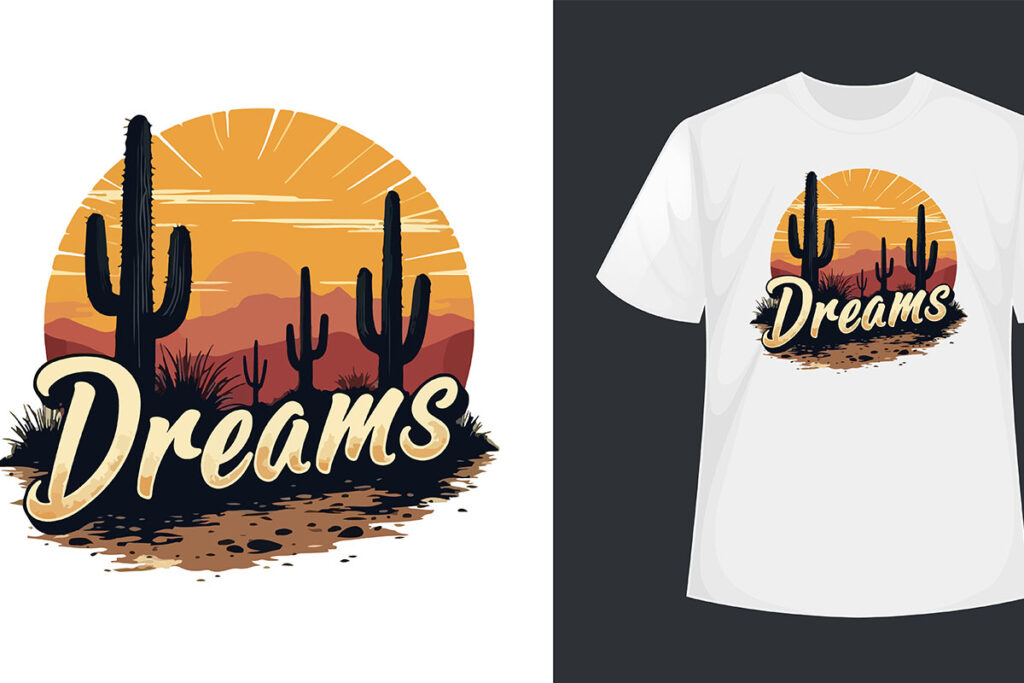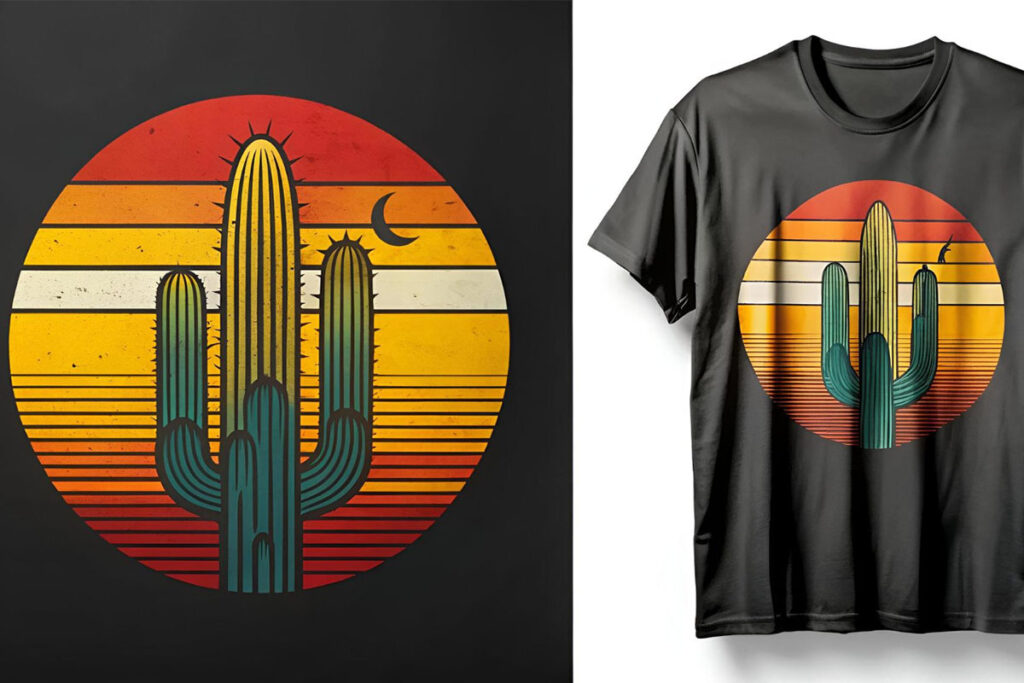UV DTF printing, or Direct to Film printing, is transforming the landscape of custom printing solutions with its unique ability to produce high-quality, durable prints on a wide variety of surfaces. This innovative technique utilizes UV-curable inks that ensure designs remain vibrant and resilient, making it a preferred choice for businesses and DIY enthusiasts alike. As a comparatively eco-friendly printing method, UV DTF printing stands out for minimizing harmful emissions, aligning with the growing demand for environmentally conscious practices. Its versatility allows for the application of detailed graphics on materials ranging from textiles to plastics, thus expanding creative possibilities. In this guide, we will delve into the intricacies of UV DTF printing, exploring its advantages and the critical techniques that can elevate your printing projects.
Also referred to as direct-to-film printing, UV DTF printing serves as a cutting-edge approach for those looking to engage in custom printing ventures. This method merges the efficiency of direct printing with the flexibility of film transfer, yielding exceptional print durability across various substrates. By harnessing advanced UV printing techniques, creators can achieve remarkable results that not only impress visually but also withstand the test of time. As the market increasingly leans towards sustainable options, the environmentally friendly attributes of UV DTF printing make it a smart choice for conscientious consumers and businesses. In this exploration, we will cover the fundamentals of this innovative printing technique, discussing essential steps and best practices to unleash your creative potential.
Introduction to UV DTF Printing Technology
UV DTF (Direct to Film) printing represents a significant advancement in printing technology, enabling the transfer of high-quality images onto an array of surfaces. This innovative method employs UV-curable inks, which are uniquely suited for creating durable prints that can withstand the rigors of everyday use. One of the primary characteristics of UV DTF printing is its ability to produce detail-rich graphics with vibrant color profiles, making it ideal for both artistic and commercial applications.
Understanding UV DTF printing requires a look at the intricacies of the process, which combines design preparation, specialized film printing, and UV curing treatment. This multifaceted approach not only promotes print resilience but also opens the door to creative uses across various industries. From custom apparel to promotional items, the adaptability of UV DTF printing facilitates a broad range of creative expression.
Frequently Asked Questions
What is UV DTF printing and how does it work?
UV DTF printing, or Direct to Film printing, is a modern printing technique used to transfer designs onto diverse surfaces like textiles and metals. It involves printing a design on a specialized transfer film using UV-curable inks, curing the ink with UV light, and then transferring the cured image onto the desired substrate. This method captures intricate details, resulting in vibrant and durable prints.
What advantages does UV DTF printing offer over traditional printing methods?
The primary advantages of UV DTF printing include improved durability, versatility in substrate compatibility, and quicker processing times. The UV-cured inks resist fading and wear, making the prints ideal for frequently used items. Additionally, UV DTF printing accommodates a wide range of materials, enabling creative custom printing solutions for various projects, from apparel to home décor.
How does the durability of UV DTF printing compare to other printing techniques?
UV DTF printing is recognized for its superior print durability. The UV-curable inks used in this method are formulated to withstand scratches, fading, and water damage, which is especially beneficial for items subject to daily handling. In contrast, traditional printing methods may not provide the same level of resistance, making UV DTF a preferred choice for long-lasting results.
Is UV DTF printing an environmentally friendly printing option?
Yes, UV DTF printing offers environmentally friendly printing solutions. Many UV inks are solvent-free, minimizing harmful emissions during the printing process. This eco-conscious aspect appeals to businesses and consumers who prioritize sustainability while still seeking high-quality prints. The method’s low waste production and energy efficiency also contribute to its environmental benefits.
What materials can be printed using UV DTF techniques?
UV DTF printing is highly versatile and can be used on a wide range of materials, including fabrics, plastics, metals, glass, and wood. This capability allows artists and businesses to explore limitless custom printing solutions across various projects. The ability to adapt to different substrates makes UV DTF ideal for diverse applications, from custom apparel to promotional products.
What resources are available for learning more about UV DTF printing?
There are numerous resources available for those interested in UV DTF printing, including online tutorials on platforms like Skillshare and Craftonline that cover design and printing techniques. Additionally, technical blogs and industry magazines provide insights on trends and advancements in UV printing techniques. Joining forums and communities can also enhance understanding and skill development in this innovative printing method.
| Key Point | Description |
|---|---|
| What is UV DTF Printing? | A process that transfers images onto various substrates using specialized transfer film and UV-curable inks. |
| Key Techniques | 1. Preparing the Design – Using design software to create high-resolution graphics. 2. Printing on Film – UV printer prints onto transfer film with UV inks. 3. The Curing Process – UV light cures the ink for durability. 4. Transfer to Substrate – Transfer methods include heat pressing or adhesive application. |
| Advantages | 1. Durability – Resists scratches, fading, and water damage. 2. Versatility – Works on textiles, metals, and other surfaces. 3. Environmentally Friendly – Many UV inks are solvent-free, reducing harmful emissions. |
| Recent Developments | Focus on improving ink quality, expanding substrate compatibility, and enhancing printing efficiency through innovations like automated systems. |
| Resources for Learning | Online platforms like Skillshare offer beginner tutorials, while technical blogs discuss trends and techniques in UV DTF printing. |
Summary
UV DTF printing is an innovative and highly versatile method that allows for high-quality digital transfers onto a variety of surfaces. This cutting-edge technology stands out for its ability to produce vibrant and durable prints, making it suitable for everything from custom apparel to promotional products. Its key advantages include remarkable durability, adaptability for different substrates, and environmentally friendly inks, appealing to both eco-conscious creators and businesses. As advancements in the field continue to enhance quality and accessibility, now is an ideal time for enthusiasts to explore the creative possibilities offered by UV DTF printing. By mastering its techniques, anyone—from hobbyists to professionals—can unlock endless potential in their printing projects.



